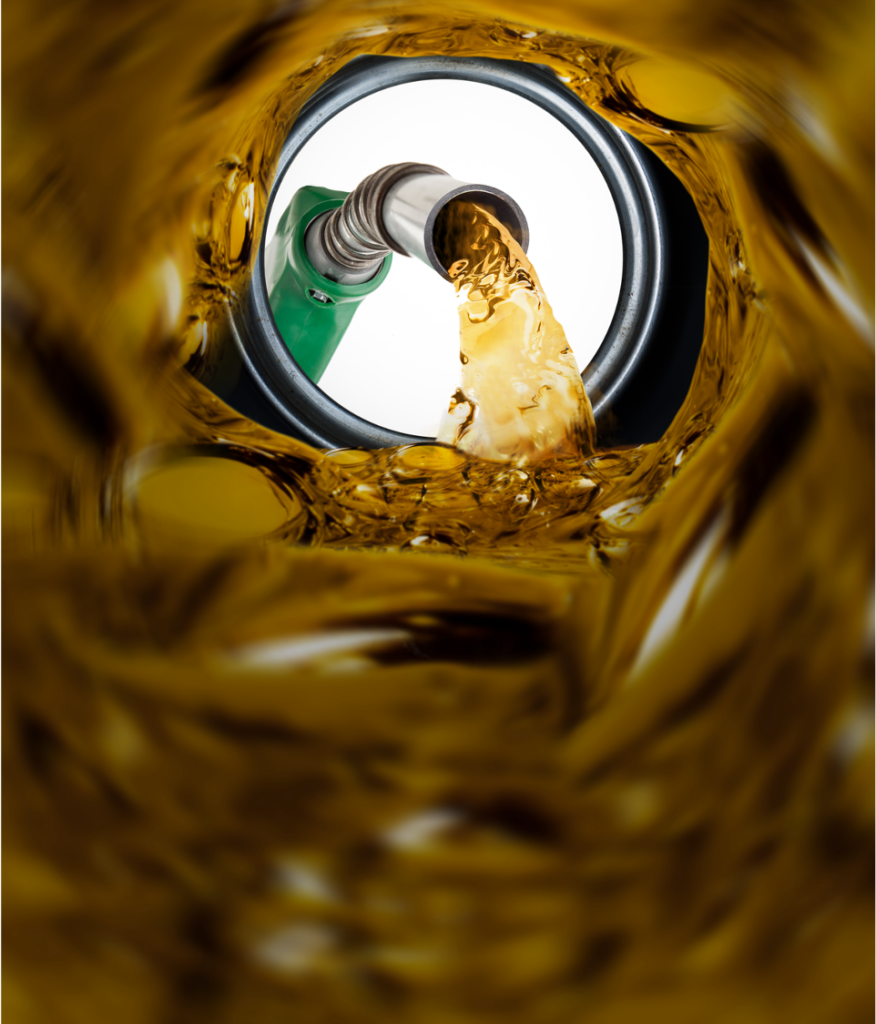By Nellie Bly
In re Marc Elzenbeck’s “Our Electric Vehicle Future,” a persistently unasked question is, “How does the life cycle impact of a new electric vehicle compare to keeping and maintaining an existing internal combustion vehicle?”
Humans have aspired to unsustainable lifestyles, once reserved for kings and nobles, through a series of unsustainable means: slavery, then solid fuel consumption for steam power, then liquid fuels. We have not adjusted our lifestyle aspirations to something more sustainable and less consumptive, except when camping. We still want to live like kings. And that takes a lot of co-opted energy.
At the community level, hydro, solar, and atomic energy inputs have mitigated household dependency on solid and liquid fuels, and I’ll avoid addressing the merits of those for the moment.
But in our household transportation, we still rely on liquid fuels, whether in our own vehicles, or in those of our delivery drivers.
There are good reasons why gasoline and diesel became the dominant fuel sources for vehicles and power equipment for five generations. The energy in a gallon of liquid fuel is roughly equivalent to one man’s sustained physical labor for a week. In that analysis, a gallon of gas might be worth about $500. And that leads to the core of one prevalent misunderstanding: how much power it actually takes to move a vehicle and occupants, particularly at higher speeds. We underestimate the power in liquid fuels, and the power it takes to accelerate and move us around in safety and comfort.
Since the early 1990s and the advent of widely available engines designed for fuel injection, cars have become extremely good at wresting nearly all the energy from each drop of gasoline. (Many mechanics agree that build quality dropped around 2007, so that decade and-a-half was the sweet spot.)
By the way, 10% ethanolized gas is a con foisted to create a triply subsidized corporate farm market for #2 feed corn. Gasoline efficiency drops in lockstep with the percentage of ethanol, and a major reason your modern car is needlessly complex is so it can run on this garbage fuel.
Liquid-fueled cars need not be major emitters. Low-temp catalytic converters, ubiquitous in mining operations, enable extremely low tailpipe emissions. (I ran an ambulance fleet, and retrofitted them.) Some experiments with low-temp catalysts on radiators, to clean the outside air passing through for cooling, yielded internal combustion engine vehicles that actually made the air cleaner in already smoggy environments, like LA and Mexico City.
Analyses and characterizations of emissions from “transportation” that fail to break out commercial and private road vehicle impacts, and break out air and shipping, are inherently suspect.
The worst of air transport emissions are deposited high in the atmosphere, where they persist the longest, with the highest adverse impacts. At this time, I do not believe high altitude jet travel is currently possible with effective emission mitigation.
Shipping, from cargo to cruises, relies on filthy bunker oil, and nearly always with no effective emission mitigation. These impacts lay directly on the sea surface, where the majority of nature’s carbon offsetting occurs, via algae metabolism. However, unlike air travel, emissions from shipping can be (and for some countries, already are) readily addressed with exhaust scrubbing technology.
There are, in fact, many ways to reduce one’s carbon footprint. More next month.

